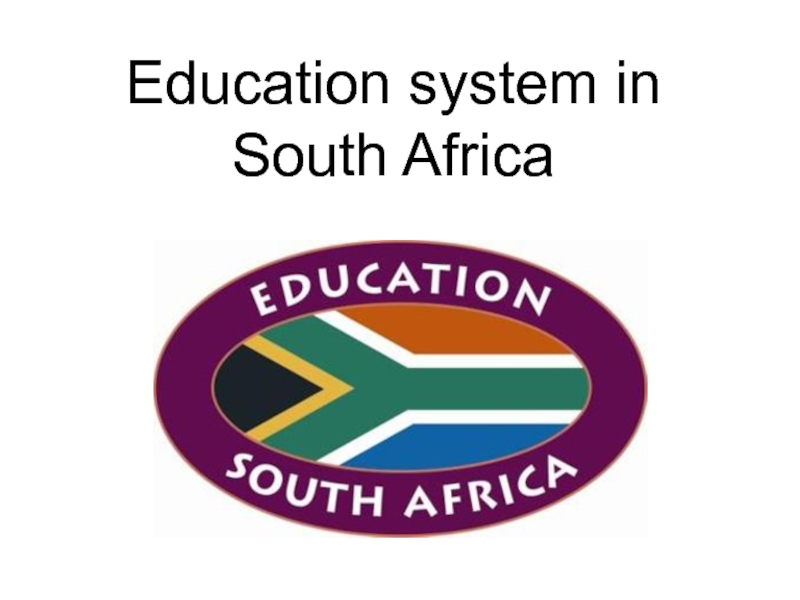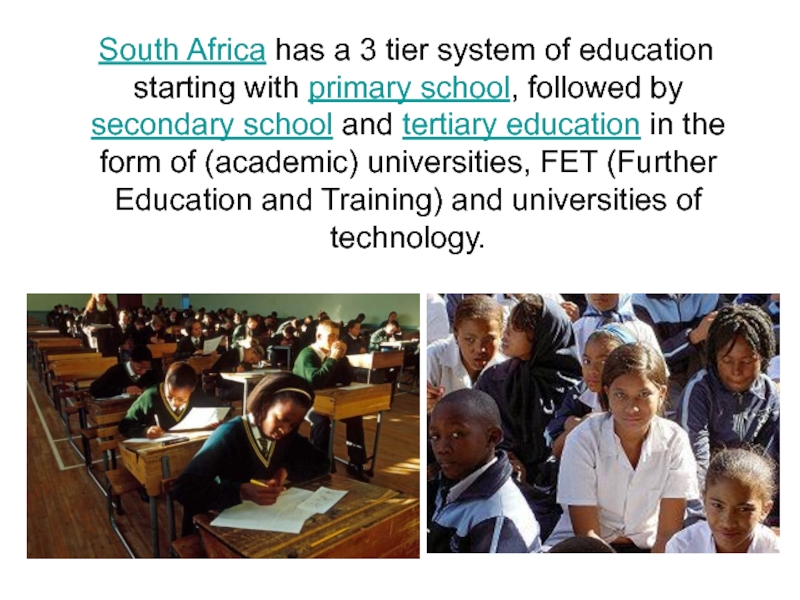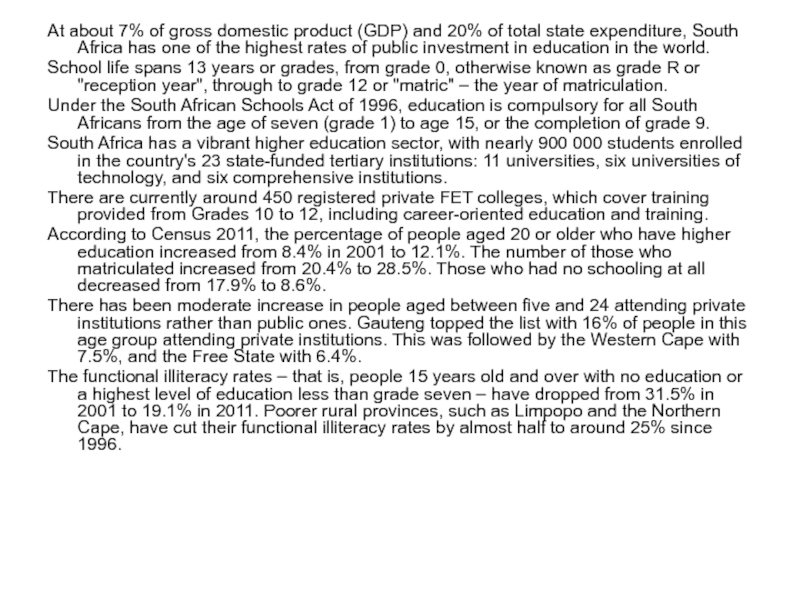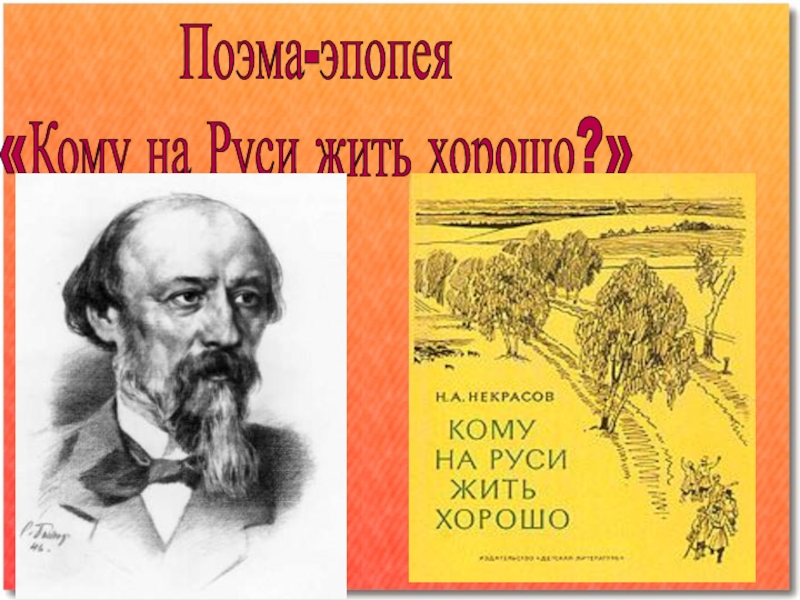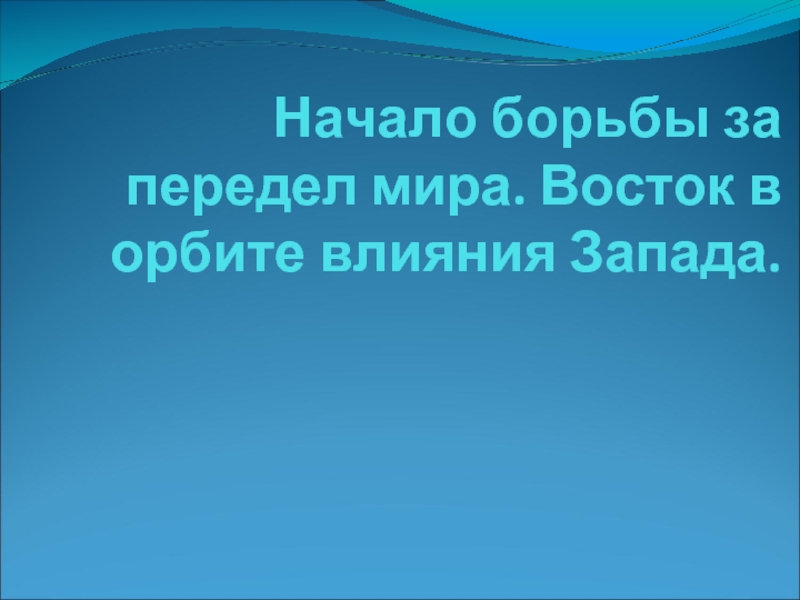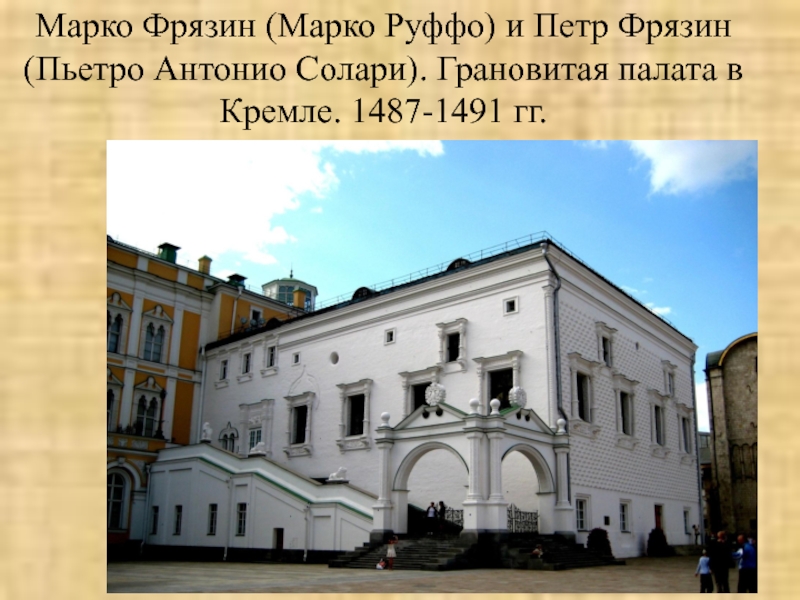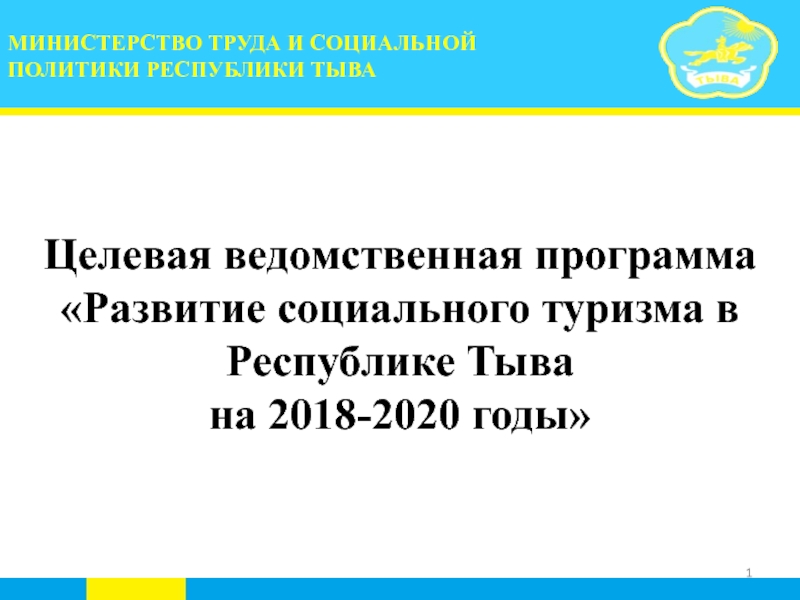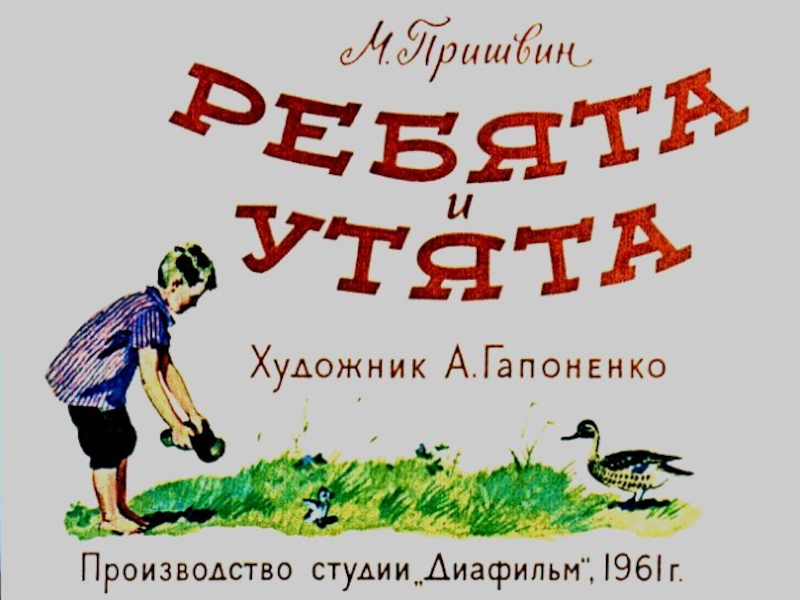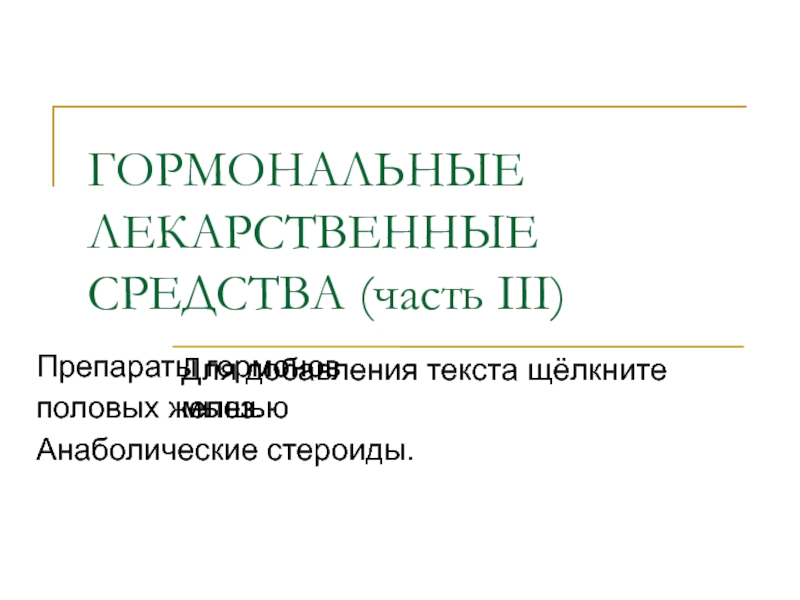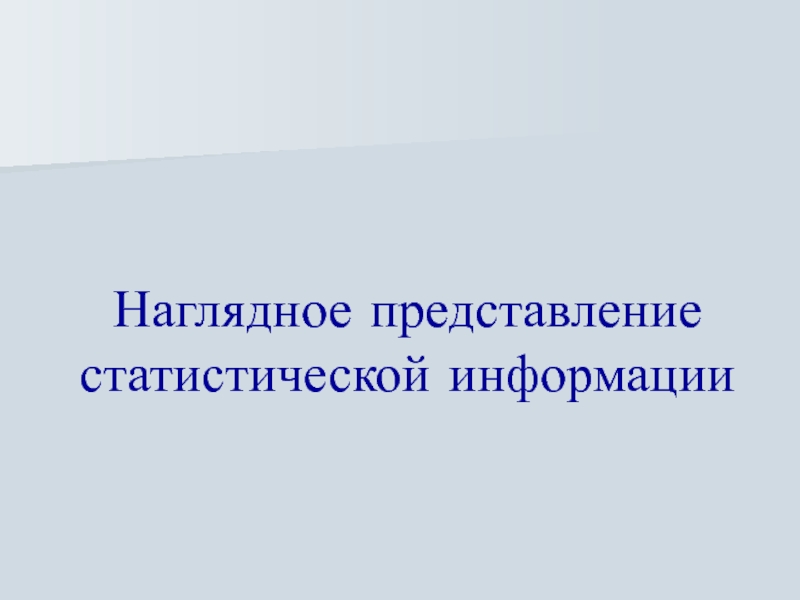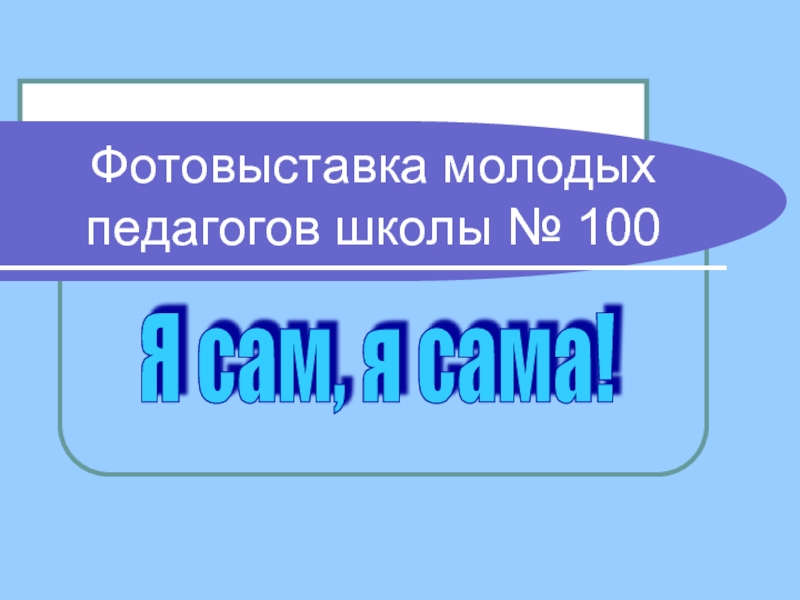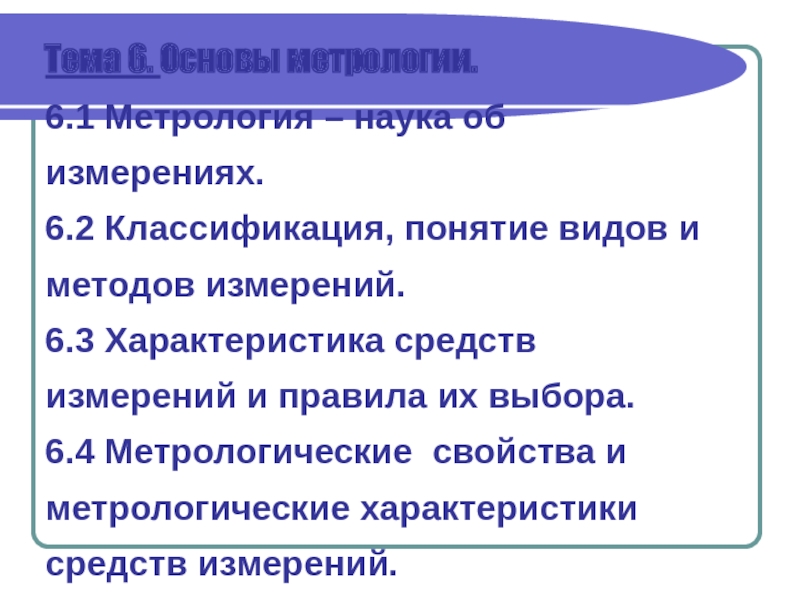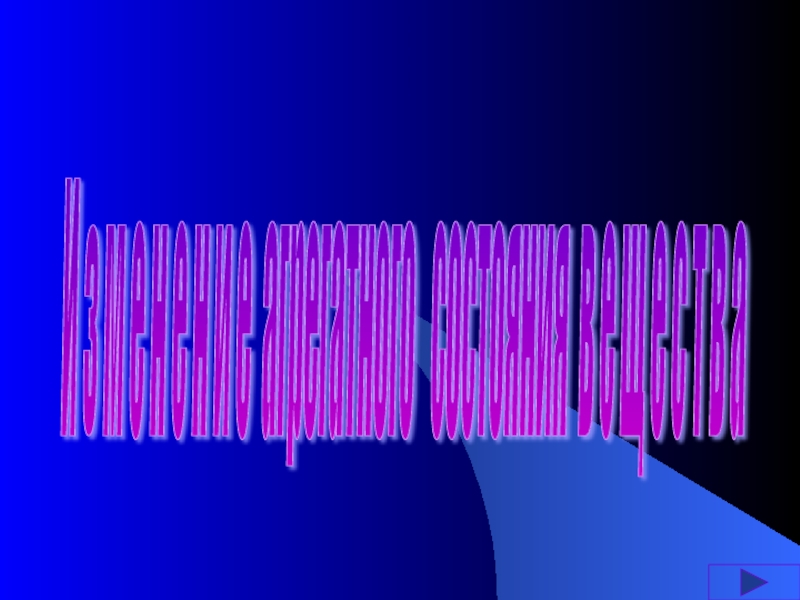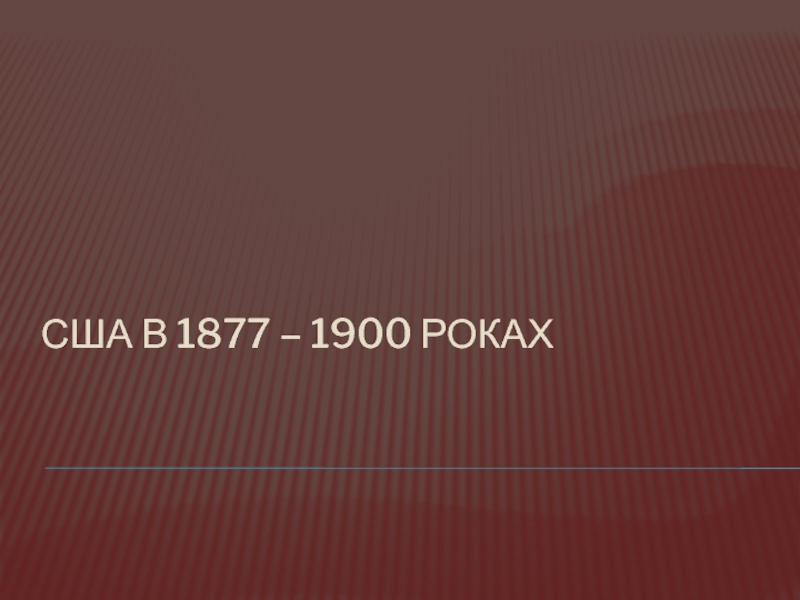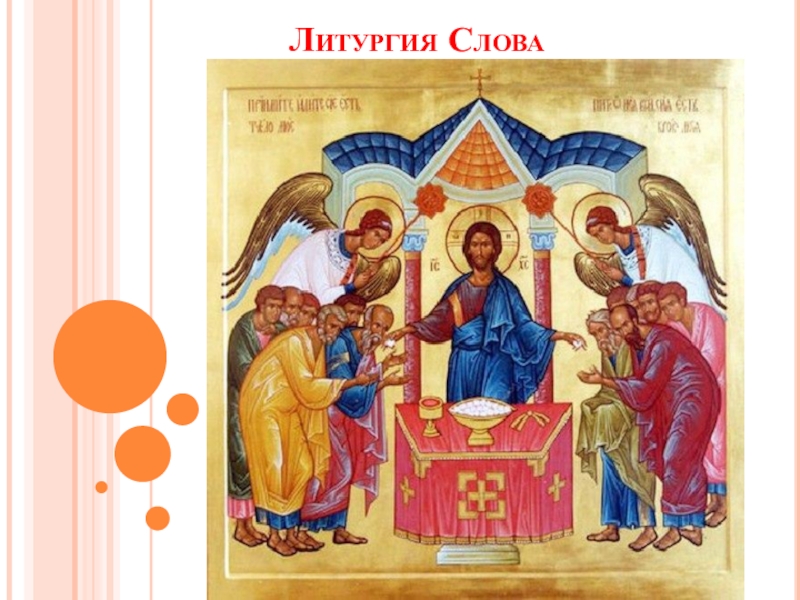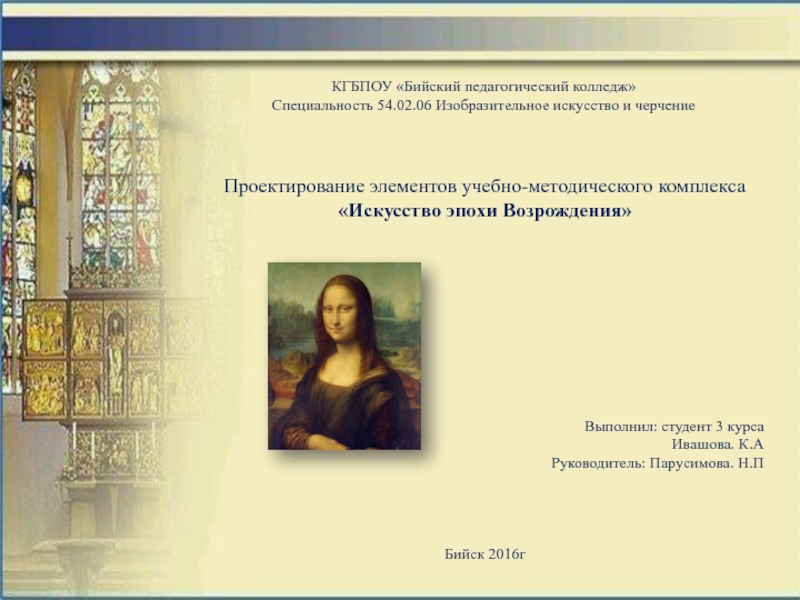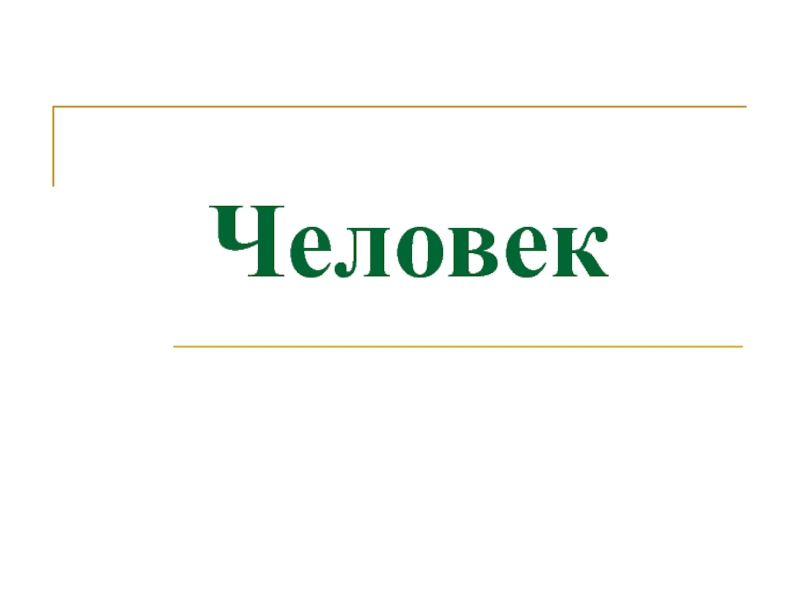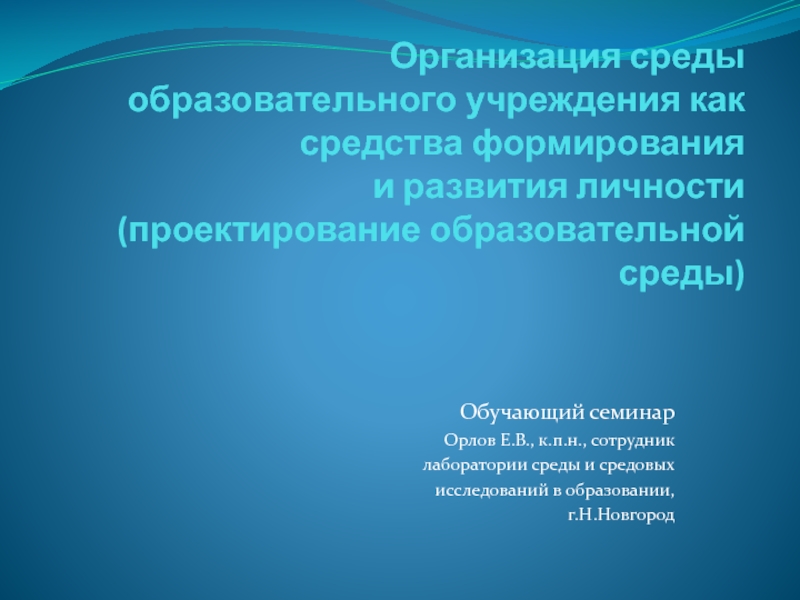Разделы презентаций
- Разное
- Английский язык
- Астрономия
- Алгебра
- Биология
- География
- Геометрия
- Детские презентации
- Информатика
- История
- Литература
- Математика
- Медицина
- Менеджмент
- Музыка
- МХК
- Немецкий язык
- ОБЖ
- Обществознание
- Окружающий мир
- Педагогика
- Русский язык
- Технология
- Физика
- Философия
- Химия
- Шаблоны, картинки для презентаций
- Экология
- Экономика
- Юриспруденция
Education system in South Africa
Содержание
South Africa has a 3 tier system of education starting with primary school, followed by secondary school and tertiary education in the form of (academic) universities, FET (Further Education
Слайды и текст этой презентации
Слайд 3At about 7% of gross domestic product (GDP) and 20%
of total state expenditure, South Africa has one of the
highest rates of public investment in education in the world.School life spans 13 years or grades, from grade 0, otherwise known as grade R or "reception year", through to grade 12 or "matric" – the year of matriculation.
Under the South African Schools Act of 1996, education is compulsory for all South Africans from the age of seven (grade 1) to age 15, or the completion of grade 9.
South Africa has a vibrant higher education sector, with nearly 900 000 students enrolled in the country's 23 state-funded tertiary institutions: 11 universities, six universities of technology, and six comprehensive institutions.
There are currently around 450 registered private FET colleges, which cover training provided from Grades 10 to 12, including career-oriented education and training.
According to Census 2011, the percentage of people aged 20 or older who have higher education increased from 8.4% in 2001 to 12.1%. The number of those who matriculated increased from 20.4% to 28.5%. Those who had no schooling at all decreased from 17.9% to 8.6%.
There has been moderate increase in people aged between five and 24 attending private institutions rather than public ones. Gauteng topped the list with 16% of people in this age group attending private institutions. This was followed by the Western Cape with 7.5%, and the Free State with 6.4%.
The functional illiteracy rates – that is, people 15 years old and over with no education or a highest level of education less than grade seven – have dropped from 31.5% in 2001 to 19.1% in 2011. Poorer rural provinces, such as Limpopo and the Northern Cape, have cut their functional illiteracy rates by almost half to around 25% since 1996.
